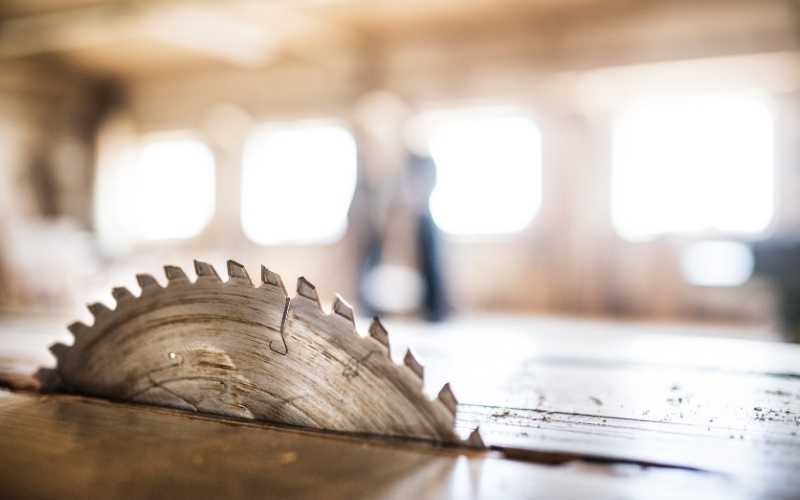Saw blades make most construction work possible. From cutting wood and metal to cutting other type of materials such as plastic, stone and concrete. However, a poorly chosen blade can result in a poor quality cut, cutting defects like tear-outs and burn out, and even waste of work materials.
That is why we’ve decided to share with you the different types of blades you can use for your projects and how you can choose the right one.
Each type of saw comes with a different type of blade, and thus have different applications on the jobsite. Circular saws, reciprocating saws, jigsaws and so on, make use of different types of blades and have different applications or uses.
Apart from that, each tool also comes with a different types of blade based on the type of material it’s used to cut.
For instance, a band saw can be used for cutting wood, metal and even meat. But the bandsaw blades for each of these applications are different.
The one for cutting wood is not ideal for cutting metal, and vice-versa. Here in this article, you’re going to find the different types of blades you can fit into your saws so that you can cut different types of materials efficiently without damaging your tools.
Blades can also be classified or grouped according to the type of cuts they’re used for. In this instance, some are designed for ripping materials lengthwise, other for crosscutting, resawing thick lumber, cutting sheet goods, cutting shapes and so on.
Table of Contents
Types of saw blades according to the type of saw
Depending on the type of saw or power tool you’re running, you’re going to need a different type of blade.
If you have a jigsaw, then you’re going to need a jigsaw blade. A scroll saw will need it’s own type, same with a bandsaw, a chainsaw, a circular saw and so on.
Based on the type of tool, there are 4 main blade designs or configurations which include:
Circular blades as found in table saws, miter saws and track saws, looping bandsaw blades, straight horizontal handsaw blades and reciprocating saw blades. There are still chainsaws but they don’t make use of a blade, they use chains.
In this situation, the tool you choose determines the type of blade you make use of.
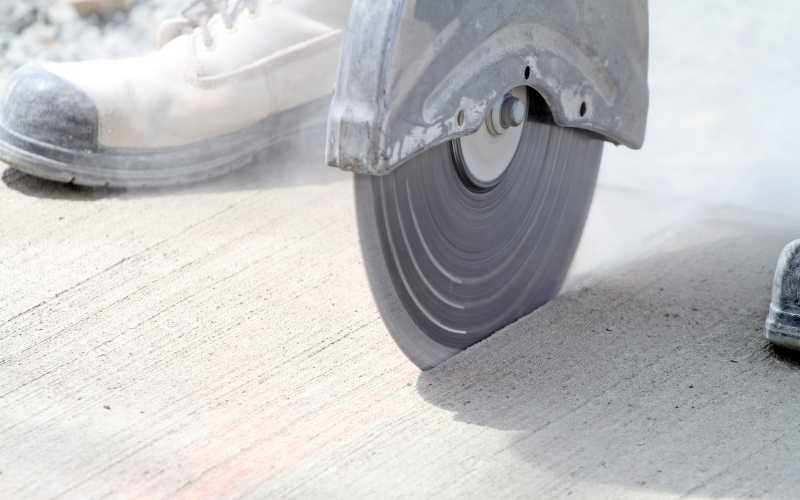
Types of Saw Blades Based on What They’re Use to Cut
Power saws can be used to cut different types of materials, depending on the type of blade you install on the saw. Like I mentioned earlier, you can use a saw for cutting wood, plastic, sheet goods, metal and so on.
When you first purchase your saw, you have to make sure that it comes equipped with the particular type of blade for the material you want to cut with it.
For instance, a reciprocating saw can be used to cut wood, metal, plastic and even prune trees based on the type of blade installed on it.
There are reciprocating saw blades for cutting metal, there are others for cutting wood and non-ferrous metals, while there are even special ones for pruning trees.
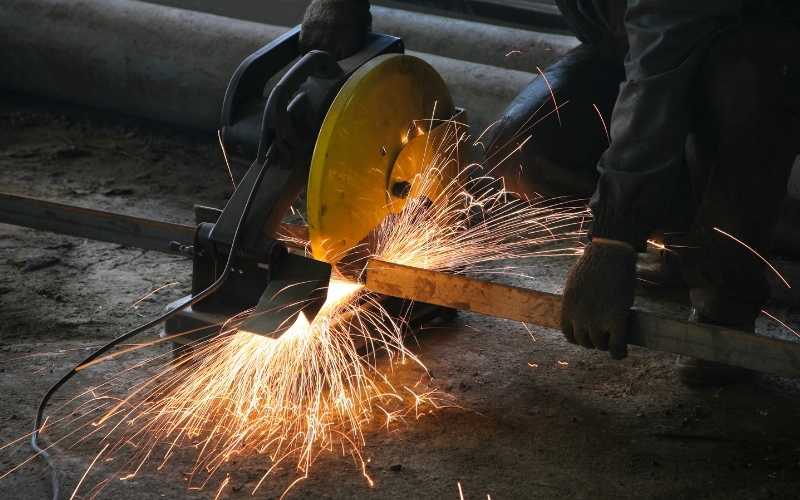
Although a metal cutting blade can also be used to cut wood, it will not be as efficient as the one designed specifically for cutting wood. It will take longer because the teeth are tiny and doesn’t have enough gullet dept to really dig into the wood. That is why you should always choose the right type for each project you undertake.
Choosing the right one will make your job faster and more efficient.
Types of Saw Blades Based On Type of Cut
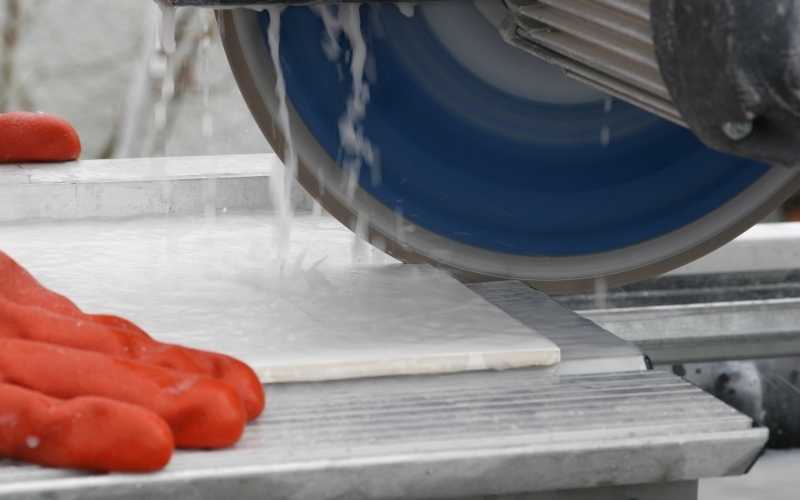
There are two main types of cuts you can make with a saw, which include cross cut and rip cut. Some blades are best for ripping stock, others are meant for crosscutting, while others can be used for both cross cuts and rip cuts.
When classified according to the type of cuts they’re used for making, circular blades come in four basic types. They include: FTG which is flat top grind, ATB which is alternate top bevel, ATBR short for combination and TCG short for triple-chip grind.
While some of these are designed for a particular type of cut such as for ripping stock or crosscutting, other types like the ATBR can be used for both ripping and crosscutting stock.
An FTG blade has teeth with top edges that are square to the saw plate. The teeth are also called rakers because they attack the wood just like a chisel chops through a mortise. FTG are designed for making rip cuts or sawing with the grain of the wood.
ATB on the other hand are designed to make both rip and crosscuts. The design and shape of the tooth allows it to slice through the wood cleanly shearing the wood fibers. An ATB blade with a steeper bevel angle produces a cleaner cut, but have a disadvantage of getting dull quicker than one with a shallow bevel angle.
The ATBR or combination blade comes with 50 teeth made up of both ATB and FTG teeth. The teeth are arranged in set of five, with 4 ATB teeth followed by an FTG tooth. While the ATB teeth are designed to cut across the grain, the included FTG or raker tooth helps to rip through stock. Combination blades are all-purpose because they can be used for ripping and crosscutting wood.
TCG are designed for sawing through dense materials like non-ferrous metals like brass and aluminum, plastic and solid surface materials such as Corian. With a TCG, the teeth alternate between an FTG tooth and a chamfered tooth.
How To Make Your Choice
Choosing the right saw blade for your project can be quite a choice to make, considering the different types at your disposal.
For instance, choosing an FTG teeth for a project that requires an ATB will not only slow you down, but also produce cuts that are not as clean as you’d want them to be.
That is why you need to know your blades.
Blades for Ripping Materials
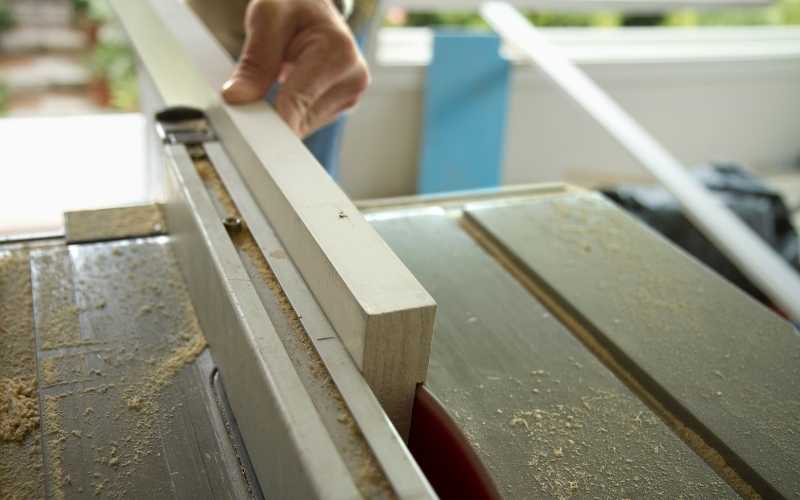
If you want to break down a large board into parts for your project, then getting an FTG is always ideal. One with 24 teeth will especially make your job breaking down the board quicker, although the edges will not be as clean as you want.
If you want a clean cut, then you can go for a 40 or 50 tooth all-purpose blade instead of the 24 tooth FTG. Cuts from these will be cleaner but will be slower than when you’re using a 24 tooth FTG.
Related: 7 Different Types Of Table Saws And Their Uses
Crosscutting Blades
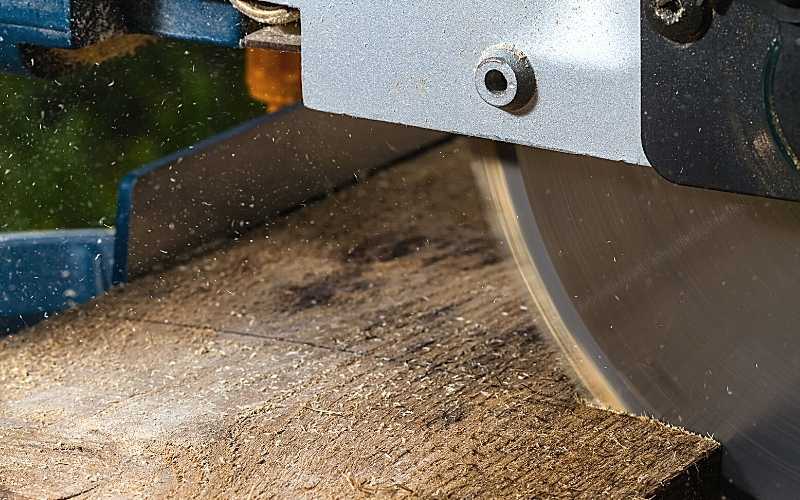
Tear-outs usually occur when you saw wood across the grain using the wrong type of blade. To prevent that from happening, you need to choose the right one.
ATB cuts through wood by means of a shearing action which is ideal for making crosscuts or cutting across the grain.
To get the best results, get an ATB blade with a high number of teeth, because the more teeth it has, the lesser the chances for any tear-out and the cleaner the cut will be. If you want to crosscut and rip stock at the same time, you can also make use of a 50 tooth ATBR which will save you the trouble of having to switch blades when you want to perform a different type of cut.

